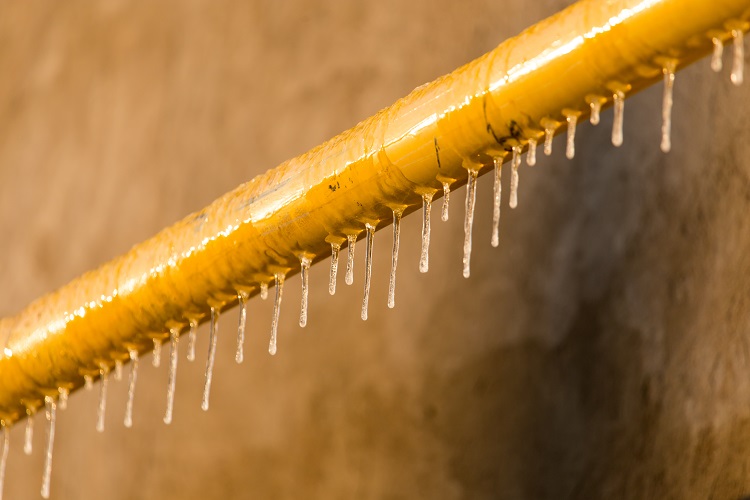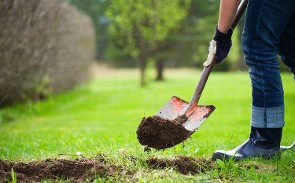Tips to Prevent Frozen Pipes

This time of year, it’s common to hear about extreme cold snaps bearing down on homes across the country. When the thermometer drops, it’s important to keep our friends, neighbors, and families safe from the elements. But it’s equally important to check on our homes. Frozen pipes, an often-overlooked issue, can cause major headaches if not addressed. Taking steps to prevent pipes from freezing should be a key part of your cold-weather preparations.
Pipes servicing the outside, running through unheated areas of the home, or located near exterior walls are most at risk. If these freeze, they can lead to bursts, flooding, and costly repairs. Luckily, there are several preventative measures you can take. These include turning off water supply to the outside, flushing the sprinkler system to remove water, insulating pipes, and circulating heat around exposed areas. Since outside work should ideally be done before winter sets in, let’s focus on the indoor strategies: insulation and heat.
Insulation
Insulation is everywhere in your home, working to keep the warm in and the cold out. Pipes in colder areas—like crawl spaces, attics, and basements—are particularly vulnerable and may need extra protection. Adding insulation to these areas can make a big difference. Additionally, there are insulation products specifically designed for plumbing. Pipe sleeves, foam pipe wraps, or heat tape are excellent options for protecting pipes that are more exposed or at higher risk of freezing. These tools add an extra layer of defense, minimizing the chances of water inside the pipes freezing solid.
Heat
The presence of warm air is another major factor in preventing frozen pipes. If there’s enough heat to keep the water moving, the pipes are less likely to freeze. During extreme cold, pay special attention to plumbing located near exterior walls, like under kitchen or bathroom sinks. A simple yet effective solution is to keep cabinet doors open in these areas, allowing warmer air from your home to circulate around the pipes.
If you’re leaving your home during a cold spell, be sure to set your thermostat high enough to maintain adequate heat. A common mistake is turning the heat too low to save energy, but this increases the risk of frozen pipes. Even when you’re away, maintaining a steady, warm temperature in your home is essential.
Whether it’s a polar vortex or just winter’s typical chill, preventing frozen pipes is an easy way to avoid unnecessary stress, expense, and mess. By insulating vulnerable pipes and ensuring they have access to heat, you can keep your home running smoothly all winter long. Protect your home, your wallet, and your peace of mind—keep those pipes warm!
References:
An insurance company that cares about you and insuring the things you wish to be insured.
Get a Quote> Find an Agent>

